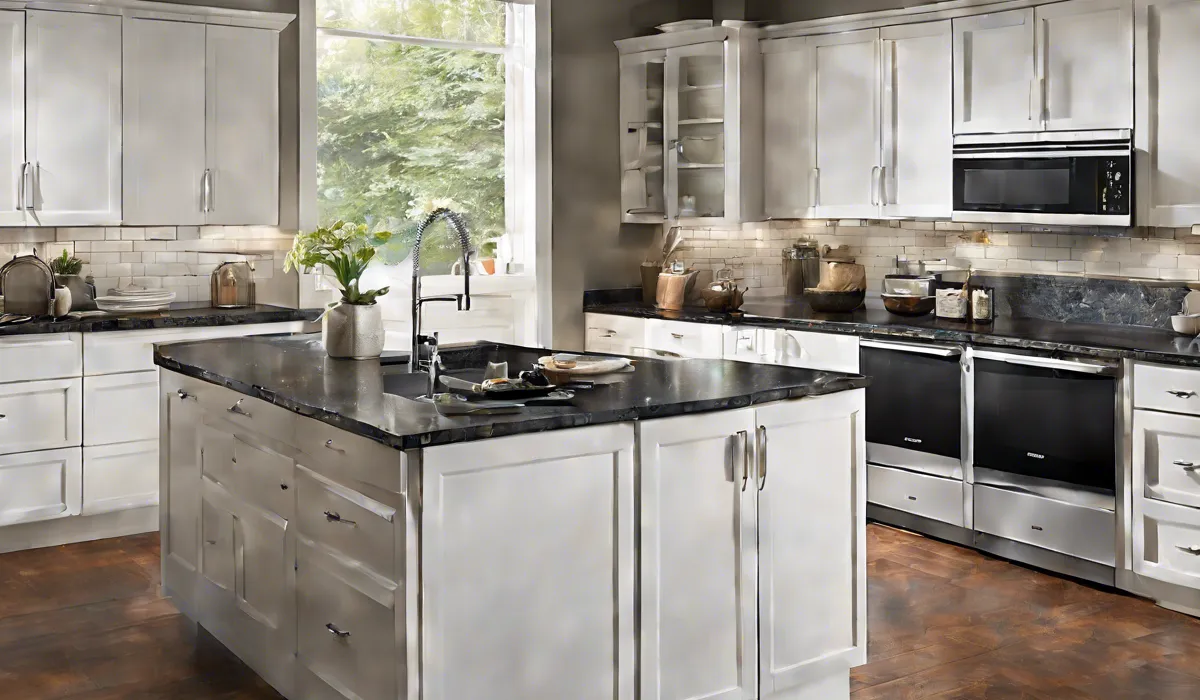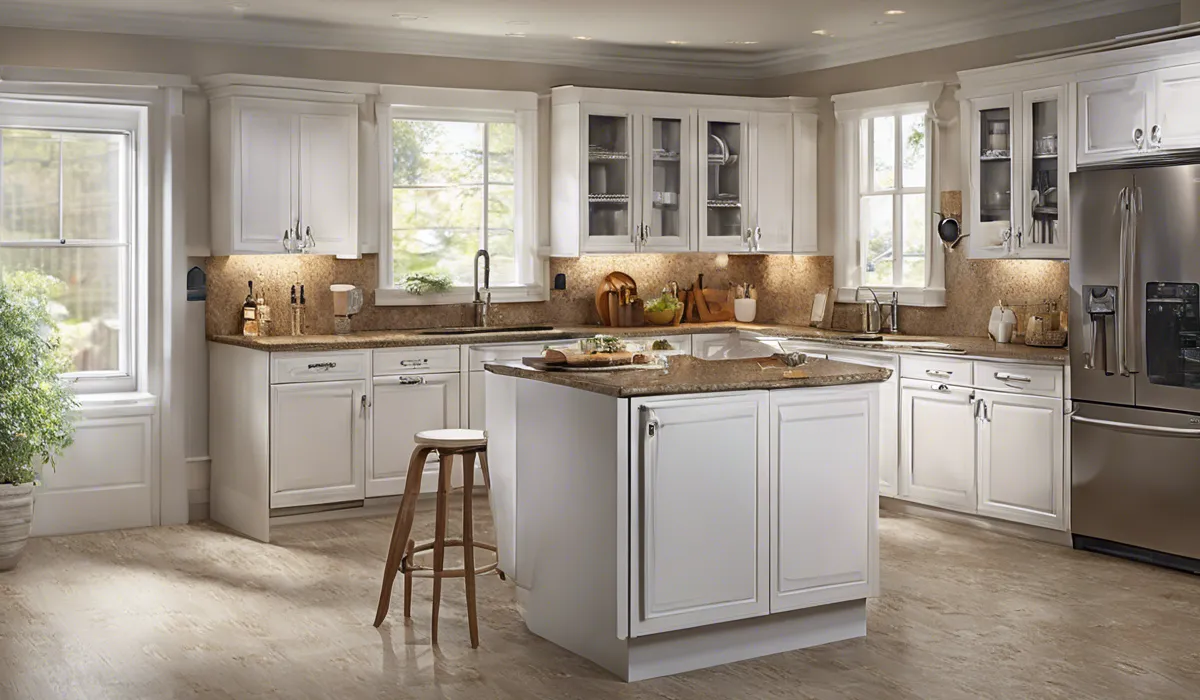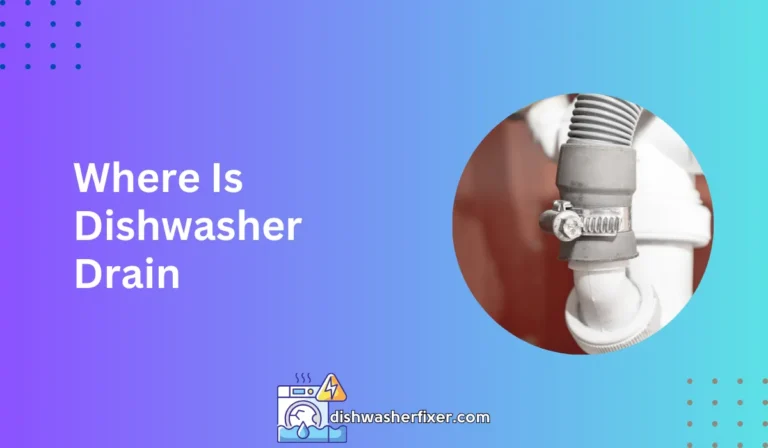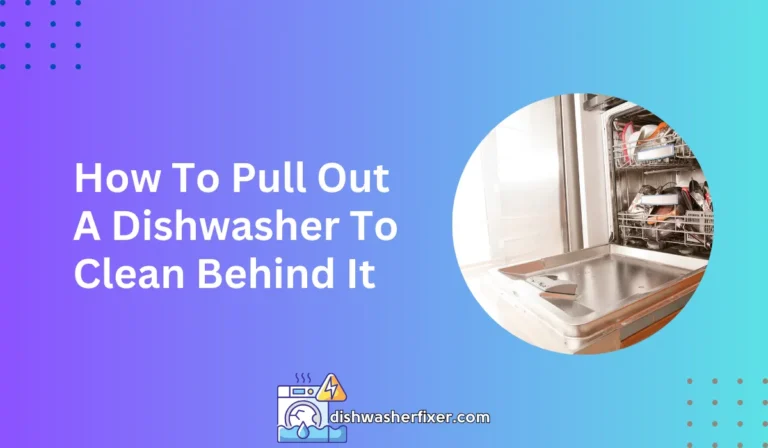How to Install Countertop Dishwasher: Quick & Easy Guide
To install a countertop dishwasher, place it near the sink, connect the water inlet hose to the faucet, attach the drain hose to the sink drain, and plug in the power cord. Ensure the hoses are secure to prevent leaks.
Preparing for Installation

Assessing Your Space
Before you welcome a new appliance into your home, it’s pivotal to measure the intended location for your countertop dishwasher.
Select a spot near the sink for ease of connection to water and ensure there’s enough space for the unit.
Take into account the dishwasher’s height, width, and depth, comparing it to the available countertop area. This step is crucial to avoid any surprises during installation.
Utility Access Check
Convenient access to power and water supply is the lifeline of your countertop dishwasher.
Verify that a standard electrical outlet is within reach and that it’s not overloaded with other appliances.
For the water supply, your kitchen faucet should be compatible with the dishwasher’s adapter.
Drainage Considerations
Efficient drainage is essential to prevent water from pooling inside your machine. Ensure your sink has a suitable drainage area where the dishwasher hose can be directed.
If your sink lacks a garbage disposal, you might need a drainage hose clamp or an additional adapter to secure the hose to the sink drain.
Tool and Material Preparation
Gather all the necessary tools and materials before you begin. You’ll typically need an adjustable wrench, pliers, Teflon tape, and possibly a screwdriver. Having everything at hand streamlines the process and minimizes the downtime of your kitchen.
Installing the Countertop Dishwasher

Unboxing and Inspection
With excitement, unbox your new dishwasher carefully. Inspect the unit for any shipping damage or missing parts.
Any dents or cracks can affect the performance and should be addressed before installation. Consult the manual for what components should be included.
Positioning the Dishwasher
Once inspected, place your countertop dishwasher in its designated spot. Ensure it’s stable and level to avoid any operational issues. Leave some space around the unit to not obstruct air flow which is essential for effective drying and cooling.
Connecting the Faucet Adapter
Most countertop dishwashers connect directly to the kitchen faucet. Attach the faucet adapter provided with your dishwasher.
If it doesn’t fit, you may need to remove the existing aerator from the faucet and try again or get a suitable adapter. Use Teflon tape to secure the connection and prevent leaks.
Water Supply Line Attachment
With the faucet adapter in place, connect the water supply line. It should screw on easily and be hand-tightened to ensure a snug fit. Double-check for any kinks or bends in the hose that could restrict water flow.
Drainage Hose Setup
Attach the drainage hose to the designated outlet on the dishwasher and run it to the sink drain or garbage disposal. Use a hose clamp if necessary to secure it in place. Ensure there are no loops or dips where water could settle and cause odor or backflow.
Electrical Connection
Plug your dishwasher into the nearby electrical outlet. It’s important to ensure that this outlet is grounded and not powering too many appliances at once, which could trip a circuit breaker. Avoid using an extension cord as this can be a safety hazard.
Securing the Dishwasher
Some models may require additional securing to prevent movement. If your dishwasher comes with mounting brackets or adhesive pads, apply them as directed in the manufacturer’s manual.
This step may not be necessary for all models, but it’s worth a double-check.
Final Steps and Testing

Leak Testing
Before you start using your dishwasher, it’s essential to check all connections for potential leaks. Turn on the water and inspect each connection point. Tighten any fittings if you notice drips, but be cautious not to over-tighten, which can damage the threads.
Running a Test Cycle
Run an empty test cycle to ensure everything is working correctly. This will help you identify any issues before you load your dishes. Listen for unusual noises and watch for any error messages that may indicate a problem.
Adjusting Settings
After the test run, adjust the settings according to your specific cleaning needs. Dishwashers often have a variety of cycles and options, so select the one that best suits the type of dishes you’re washing and the degree of soiling.
Clearance and Ventilation
It’s important to maintain proper clearances around your dishwasher for ventilation. This prevents overheating and helps the dishwasher dry dishes effectively. Refer to your manual for specific clearance requirements.
Efficiency Tips and Maintenance
To keep your dishwasher running efficiently, clean the filter regularly, descale it as needed, and only run it when full.
For maintenance tips specific to your model, consult the manual or visit the manufacturer’s website for guidance. Regular maintenance will prolong the life of your dishwasher and ensure it operates at peak efficiency.
FAQs About Installing Countertop Dishwasher
What is the first step in installing a countertop dishwasher?
The first step is to place the countertop dishwasher near the sink to facilitate connections to the water supply and drainage.
How do I connect the water supply to a countertop dishwasher?
Connect the water inlet hose from the dishwasher to the faucet using an adapter if necessary to ensure a proper fit.
Where should I attach the drain hose of a countertop dishwasher?
Attach the drain hose to the sink drain, often by fastening it to the sink’s side or using a saddle valve to prevent backflow.
What should I check for after installing the hoses to the dishwasher?
Ensure that both the water inlet and drain hoses are secure and have no kinks or leaks to prevent water damage.
Is it necessary to have an electrical outlet nearby for a countertop dishwasher?
Yes, you will need to plug in the power cord to a standard electrical outlet to provide power to the countertop dishwasher.
Final Thoughts
Installing a countertop dishwasher involves positioning it near the sink for easy access to water.
The water inlet hose should be connected to the faucet, while the drain hose needs to be attached to the sink drain. Lastly, plug the unit into an electrical outlet, ensuring all connections are tight to avoid any potential leaks.





